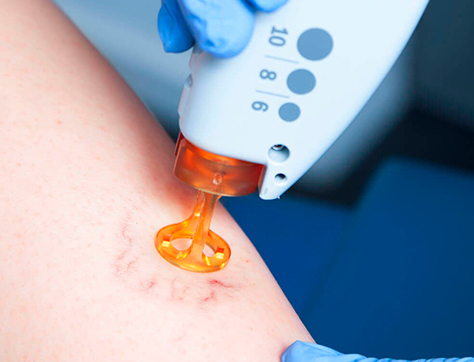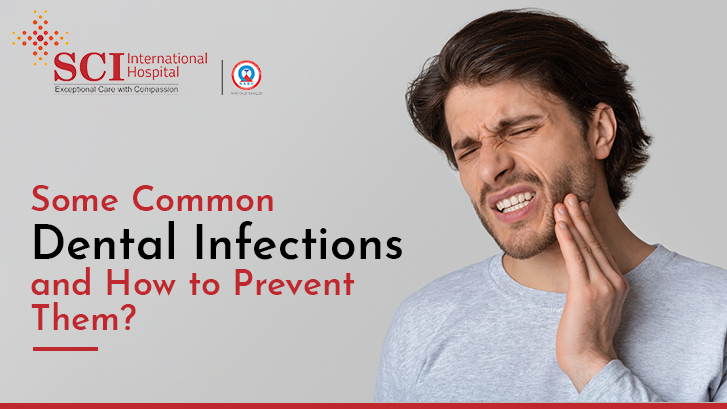Facial Vascular Lesions Treatment Options

Facial vascular lesions, which include port wine stains, telangiectasias, and hemangiomas, are benign growths that consist of blood vessels. These lesions can be present at birth or develop later in life, often causing cosmetic concerns and, in some cases, functional issues. The treatment of facial vascular lesions has evolved significantly over the years, with various options now available to manage these conditions effectively.
One of the primary treatment modalities for facial vascular lesions is laser therapy. Laser treatment works by emitting a specific wavelength of light that targets the blood vessels, causing them to constrict and eventually disappear. There are several types of lasers used for this purpose, including pulsed dye lasers, Nd:YAG lasers, and alexandrite lasers, each with its own set of indications and advantages. For instance, pulsed dye lasers are commonly used for treating port wine stains due to their high efficacy in targeting oxyhemoglobin, while Nd:YAG lasers are often preferred for deeper lesions.
Another approach to treating facial vascular lesions is sclerotherapy, which involves injecting a solution into the affected blood vessels to cause them to shrink. This method is more commonly used for spider veins and smaller telangiectasias rather than larger lesions like port wine stains. The solution used can vary, with sodium tetradecyl sulfate and polidocanol being among the most frequently employed agents. It is essential to note that sclerotherapy requires great precision and is typically performed by a skilled practitioner to minimize the risk of adverse effects.
In addition to laser therapy and sclerotherapy, certain facial vascular lesions may be amenable to treatment with topical or oral medications. For example, propranolol, a beta-blocker, has been found to be effective in the management of infantile hemangiomas, leading to their regression. The exact mechanism by which propranolol works in this context is not fully understood, but it is believed to involve vasoconstriction, decreased angiogenesis, and possibly an effect on the immune response against the hemangioma cells. The use of medications like propranolol highlights the importance of a thorough diagnostic evaluation to determine the most appropriate treatment approach for each patient.
Surgical excision is another option for the treatment of facial vascular lesions, particularly for those that are resistant to other forms of therapy or cause significant functional impairment. However, surgery is typically considered a last resort due to the potential risks and complications, including scarring, infection, and the possibility of recurrence. Advances in surgical techniques, such as the use of intraoperative Doppler ultrasound to map blood flow, have improved outcomes but have not eliminated these risks entirely.
The management of facial vascular lesions also involves addressing the psychological impact these conditions can have on patients. Many individuals with facial vascular lesions experience social anxiety, low self-esteem, and feelings of embarrassment, which can significantly affect their quality of life. A comprehensive treatment plan should therefore include support and counseling to help patients cope with these emotional challenges. Support groups, where patients can share their experiences and learn from others who are facing similar situations, can be particularly beneficial.
In recent years, there has been an increasing interest in the use of minimally invasive techniques for the treatment of facial vascular lesions. One such approach is the use of intense pulsed light (IPL) sources, which can be adjusted to target various chromophores, including hemoglobin. IPL has been shown to be effective for treating smaller, more superficial vascular lesions and can offer the advantage of less downtime compared to laser therapy. However, its efficacy for deeper or larger lesions is generally considered to be lower than that of laser treatments.
The future of facial vascular lesion treatment holds promise with ongoing research into new technologies and therapeutic agents. For example, studies are exploring the potential of photodynamic therapy, which involves the use of a light-sensitive medication that is activated by a specific wavelength of light to destroy abnormal cells. While still in its early stages, this modality could potentially offer improved selectivity and reduced side effects compared to current treatments.
Despite the advancements in treatment options, it is crucial for patients with facial vascular lesions to seek consultation with a specialist early in their diagnosis. Early intervention can significantly improve outcomes, especially for conditions like infantile hemangiomas, which may regress spontaneously but can also cause complications if left untreated. A multidisciplinary approach, involving dermatologists, plastic surgeons, and other specialists as needed, can ensure that patients receive the most appropriate and effective care for their specific condition.
FAQ Section
What are the most common types of facial vascular lesions?
+The most common types include port wine stains, telangiectasias, and hemangiomas. Port wine stains are birthmarks that appear as red or purple marks on the skin, telangiectasias are small, dilated blood vessels near the surface of the skin, and hemangiomas are benign growths of blood vessels that can occur anywhere on the body but are particularly noticeable when they appear on the face.
How do lasers work to treat facial vascular lesions?
+Can all facial vascular lesions be treated with laser therapy?
+No, not all facial vascular lesions can be treated with laser therapy. While laser therapy is highly effective for many types of vascular lesions, some may be more resistant or require alternative treatments such as sclerotherapy, medications, or in some cases, surgical excision. The choice of treatment depends on the specific characteristics of the lesion, as well as the patient's overall health and preferences.
What are the potential side effects of laser treatment for facial vascular lesions?
+Potential side effects of laser treatment include temporary redness, swelling, and bruising at the treatment site. Less common side effects can include changes in skin pigmentation, blistering, and infection. It is essential to follow post-treatment instructions carefully to minimize the risk of these complications.
How many laser treatment sessions are typically needed to treat facial vascular lesions?
+The number of sessions needed can vary significantly depending on the size, depth, and type of lesion, as well as the individual's response to treatment. Some smaller lesions may be effectively treated in a single session, while larger or more complex lesions may require multiple sessions spaced several weeks apart.
As research continues to advance and new technologies emerge, the landscape of facial vascular lesion treatment is likely to evolve further. Patients should consult with healthcare professionals to determine the best course of action for their specific condition, considering both the current treatment options and the potential benefits and risks associated with each. With the right approach, many individuals with facial vascular lesions can achieve significant improvement in their appearance and quality of life.
